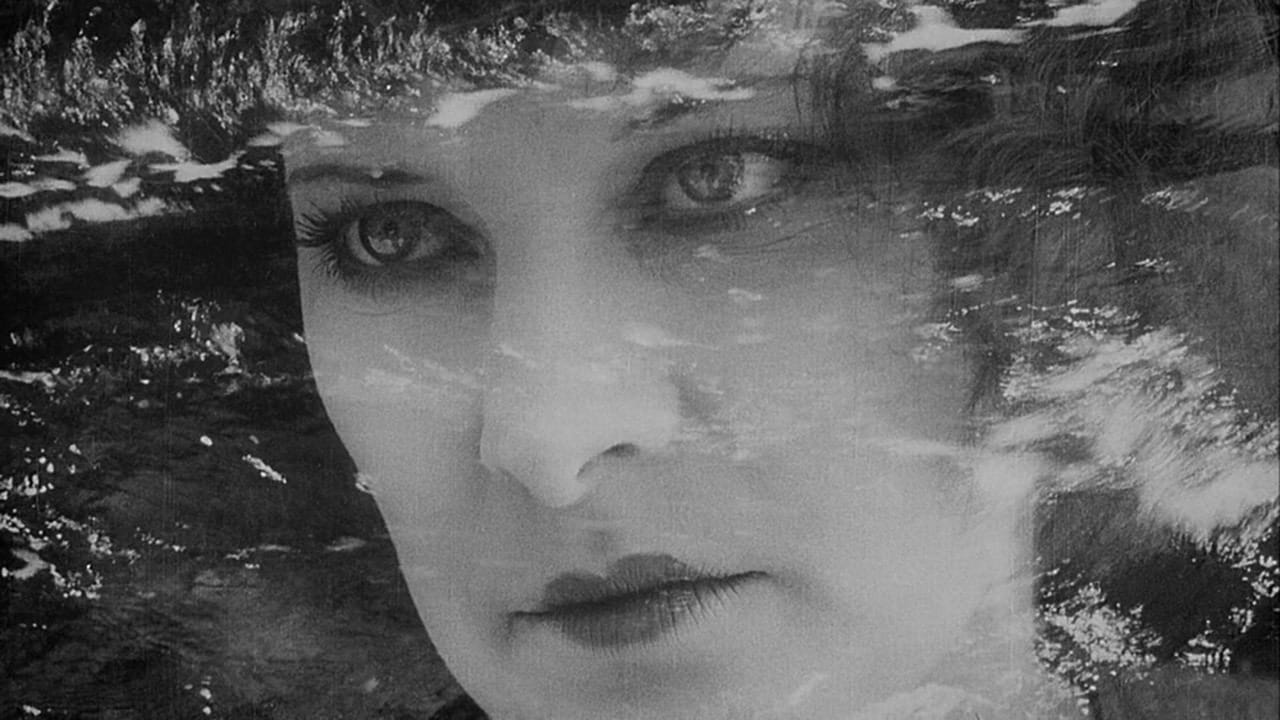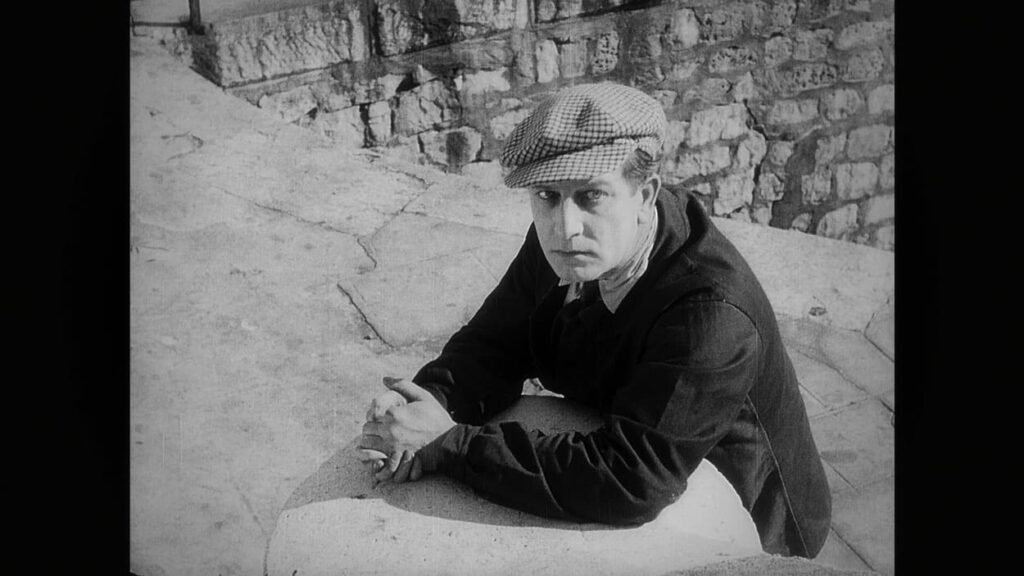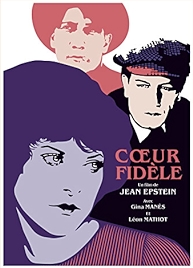The first thing to say about Coeur Fidèle (aka The Faithful Heart) is how brilliantly good the image is on this 100-year-old movie. I watched the Eureka Masters of Cinema version and it’s excellent.
It’s important that it’s good because this is a highly visual movie. It certainly won’t win awards for storytelling. Wikipedia says it was written in a day, to which the response is surely “you don’t say”.
Marie is an orphan girl who skivvies at the bar of her foster parents. She is in love with Jean, a local docker, but is being courted by Petit Paul, a brutish drunkard. After her adoptive parents give her to Paul, Jean and Paul end up in a fight over Marie which ends up with Paul being wounded with a knife. By the time Jean is out of prison for the stabbing (a bit unfair – it was Paul’s knife and he was also trying to stab Jean), Marie and Paul are married and have a baby. Paul has reverted to his old drunkard ways. Marie is abjectly miserable. Can Jean win her back? Should he?
Or, put more succinctly – boy wins girl, boy loses girl, boy possibly wins girl back.
But never mind all that. Instead marvel at director Jean Epstein’s technical innovation and his eye for an image. The opening shot, of Marie wiping a table in the bar, filling a glass with wine, is enough to reassure anyone that this film is going to be good. But then Epstein’s camera heads outside with Marie as she slinks off on a clandestine assignation with Jean, and it turns out we’re in Marseilles, down on the docks, where flotsam bobs on the oily waters, trucks cart cargo away and ships come and go. It’s a breathtakingly realised piece of early poetic realism, with Epstein dropping in a huge number of close-ups, particularly of Marie, in a picture so clean you can see how cakey the actors’ make-up is.
Close-ups are joined by a host of other unusual techniques – wipes, dissolves, overlays, iris shots, unusual angles, rapid-fire editing, culminating in the rightly famous sequence at the funfair, when Epstein blasts into a frenzy of technique that’s a triumph of rhythmic editing and montage. The rides, the steam organ, children, a leering Paul and a distressed Marie, shadows on the ground, fairground automata, the gondola spinning around on the fairground ride, all are whirled together as hundreds of individual shots combine in a scene that doesn’t just tell the story but conveys Marie’s sense of rising helpless panic.
Most of the visual fireworks are in the first half of the movie and when Epstein starts to pull off a stylistic semi-repeat of this famous sequence later on, he self-consciously refers back to the funfair.
If you are watching it for the story then the question is going to arise – what does Marie see in her grand amour? Big lummox Jean (played by Léon Mathot) spends most of the film staring mopily into the middle distance. Little Paul may be a wrong’un but he’s at least interesting. It may simply be a case of Edmond Van Daële being a better actor. Gina Manès makes a sympathetic Marie, all crestfallen, big-eyed woe-is-me attitudes and intense introspection. Maybe Marie and Jean simply deserve each other.
Also making an impact is Marie Epstein (the director’s sister), as the crippled, becrutched neighbour of the unhappy woman, who acts as a kind of go-between for Jean and Marie. She also co-wrote the screenplay, with brother Jean, and would go on to become something of a force in French cinema as the poetic realism of the 1930s gained ground.
The film wasn’t a hit at the box office. It was too ahead of its time. But all these years later how good it looks, how dynamic it is.
Coeur Fidèle ak The Faithful Heart – Watch it/buy it at Amazon
I am an Amazon affiliate
© Steve Morrissey 2023


